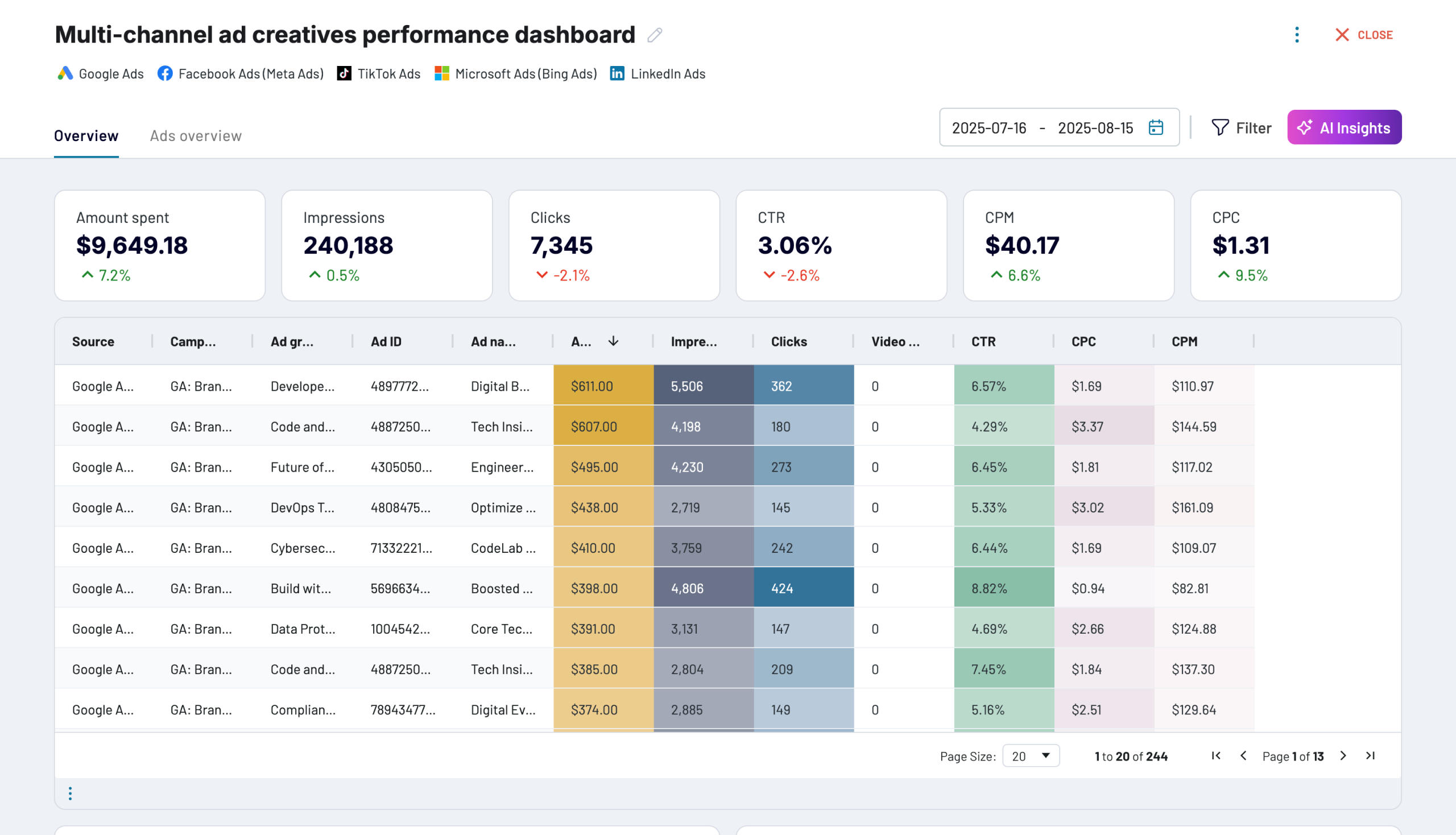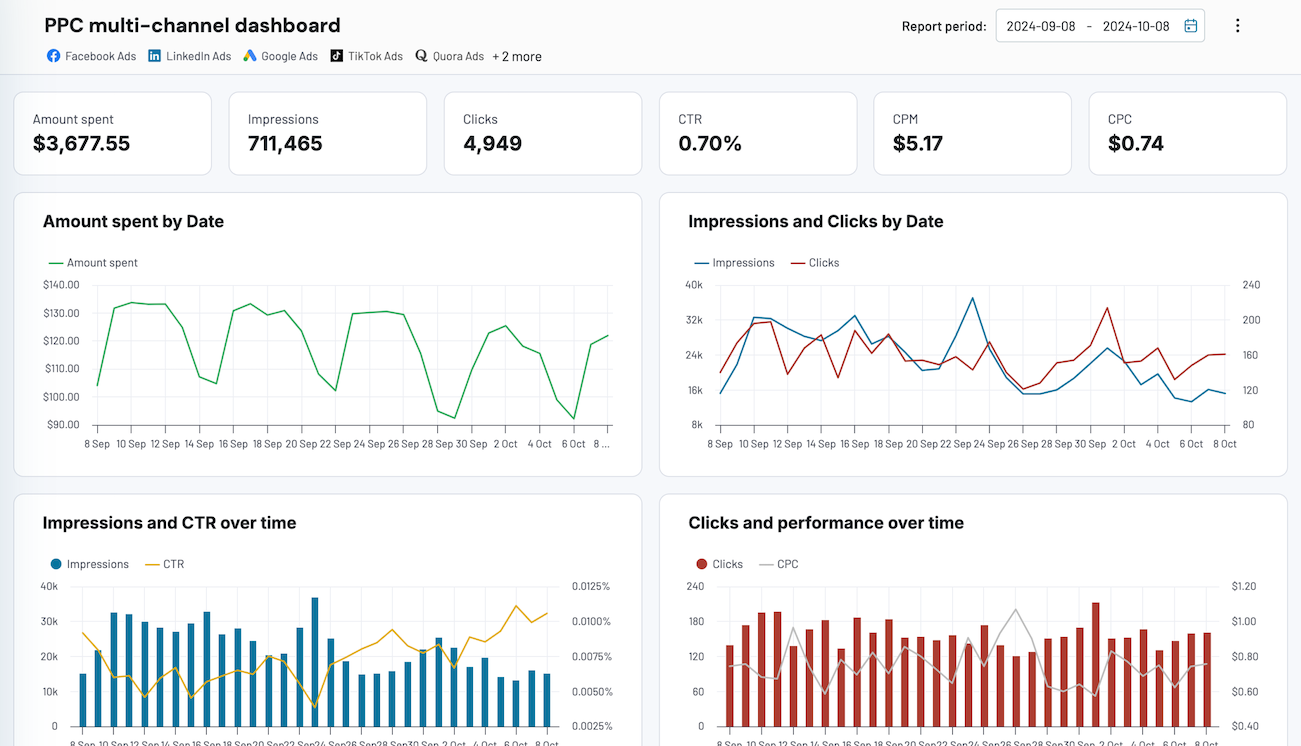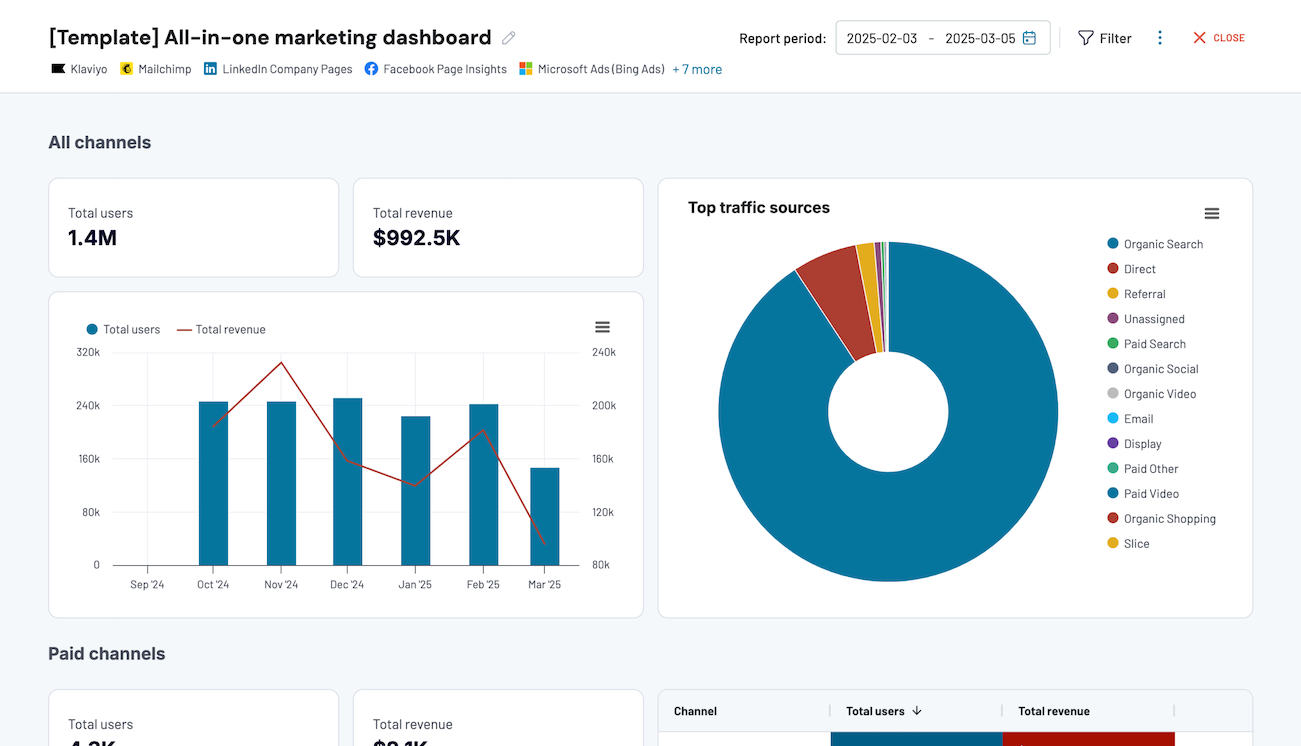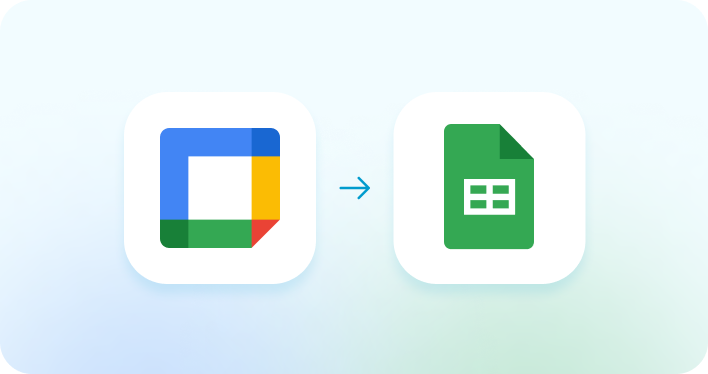What is a CLV (customer lifetime value)?
Customer Lifetime Value (CLV) estimates the total revenue a single customer can bring to the business before churn. CLV is crucial for understanding how much to invest in acquiring and retaining customers. It gauges the long-term value of customer relationships. The analysis of CLV lets marketers identify the most profitable customer segments. As a result, they can tailor marketing efforts to maximize returns. Optimizing CLV involves enhancing customer experience, implementing loyalty programs, and improving product offerings. All these will increase customer retention and spending. Effective CLV management boosts profitability and ensures efficient resource allocation. This enhances overall business sustainability.
How to calculate CLV (customer lifetime value)?
You need three variables to calculate Customer Lifetime Value (CLV). Multiply the average purchase value by the average number of purchases per year. Then, multiply the result by the average customer lifespan in years.
Our key templates to track CLV (customer lifetime value)
































about your case. It doesn't cost you a penny 😉



